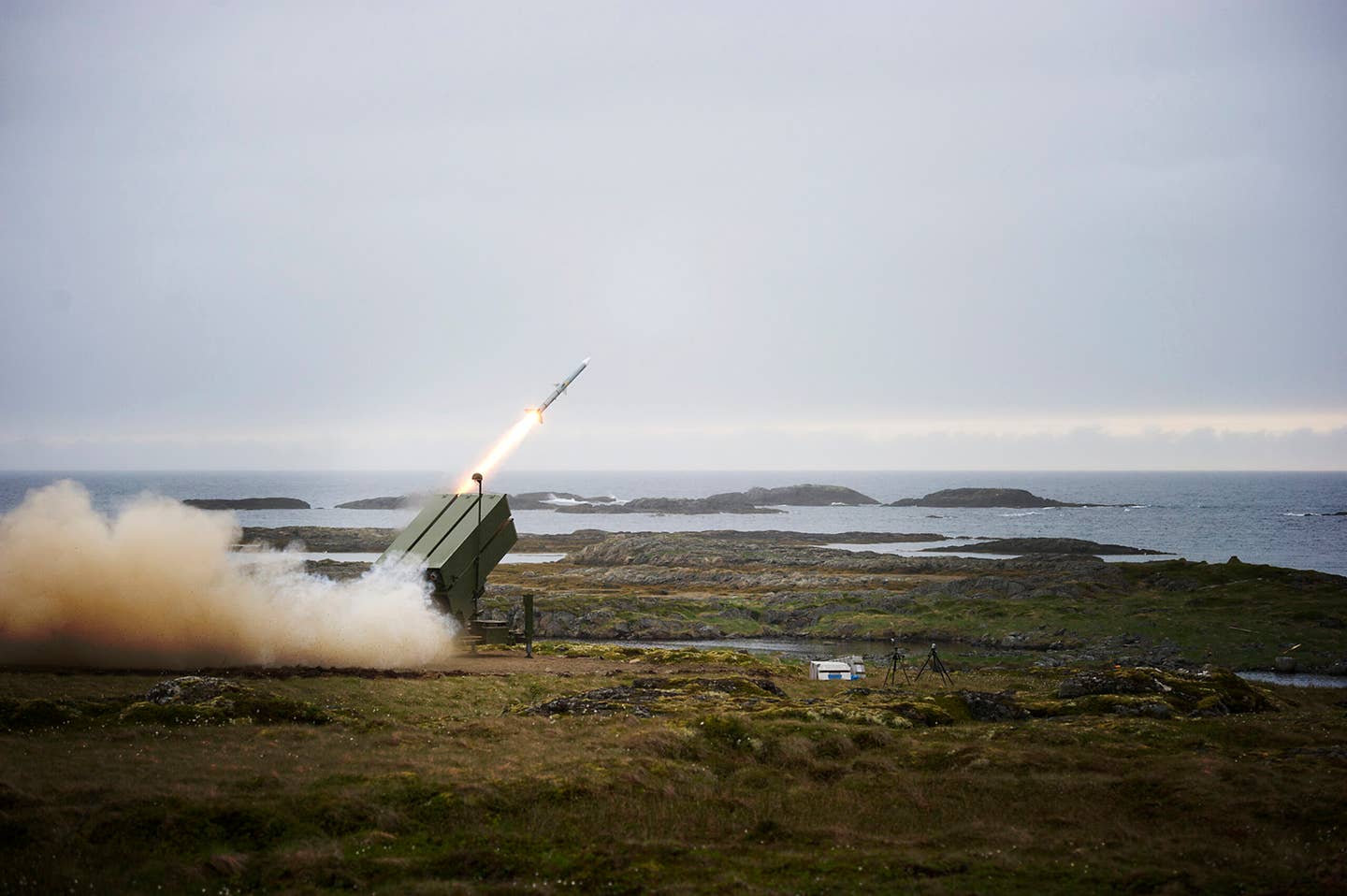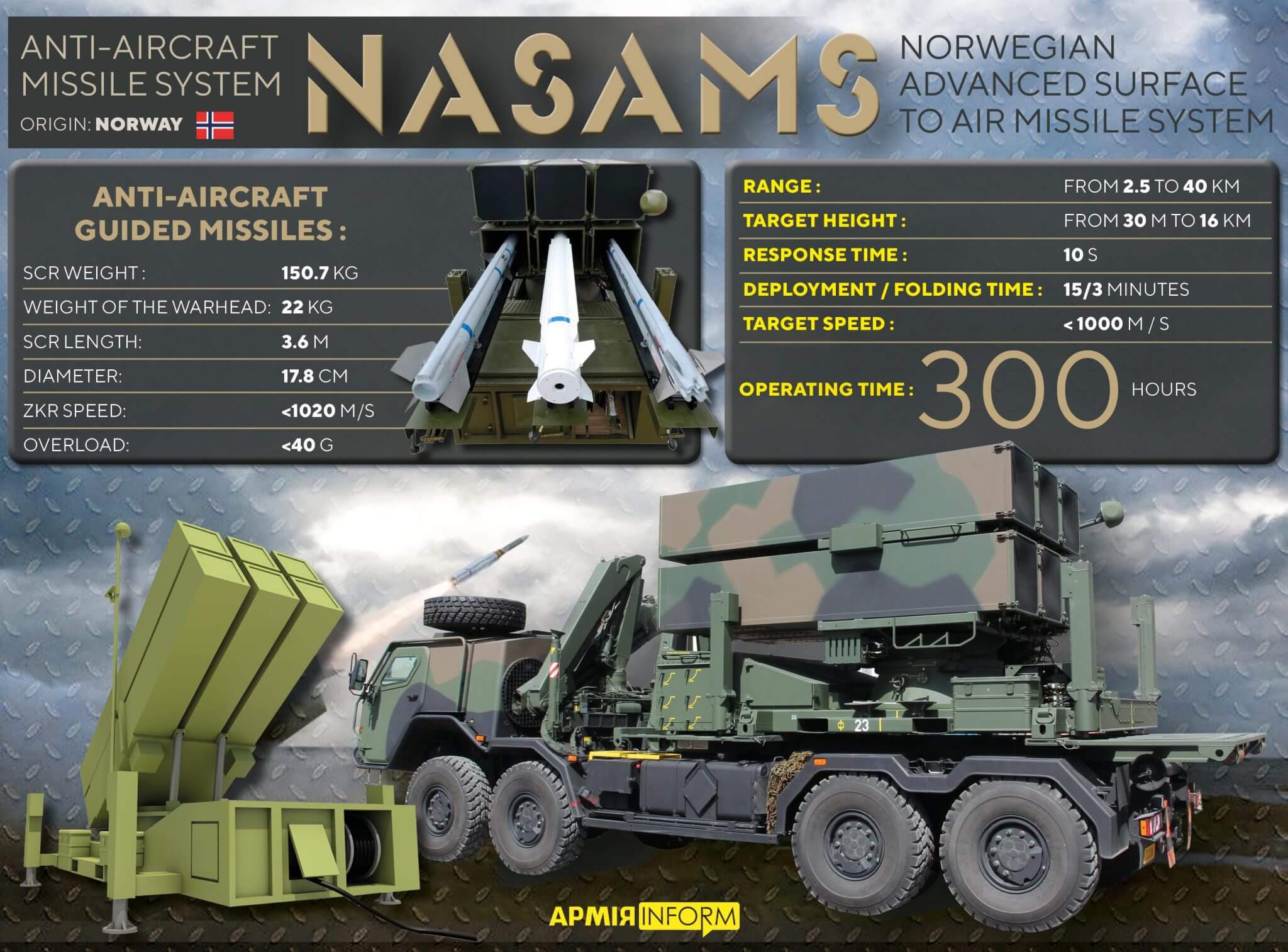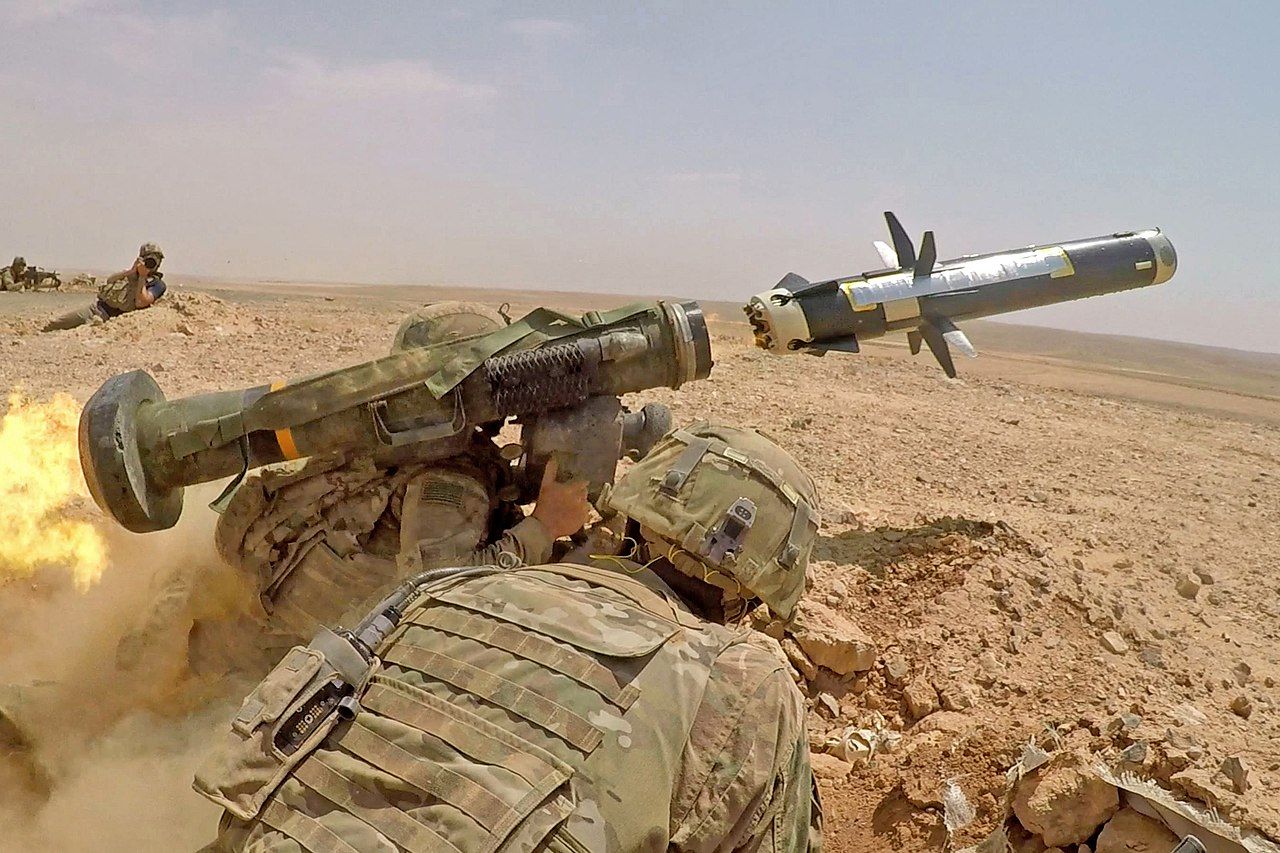The first two of the NASAMS air defense systems pledged by the US to Ukraine have been delivered to the US government by Raytheon Technologies, the company’s CEO said on October 25.
“We did deliver two NASAMS systems… We delivered two of them to the government a couple of weeks ago. They’re being installed in Ukraine [imminently],” CEO Greg Hayes said on CNBC’s “Squawk on the Street.”
“It is a short-range air defense system, and it can fire [an AIM-120 Advanced Medium-Range Air-to-Air Missile], and it could knock down everything in the sky from drones to ballistic missiles to fighter jets,” Hayes said.
In June, the US government pledged to provide Ukraine with NASAMS (National Advanced Surface-to-Air Missile Systems), apparently in response to President Zelensky’s request to the G7 leaders for more modern air defense systems that guarantee basic security to the civilian population, following Russia’s massive bombardment of Kyiv, involving more than 60 missiles.
US Expedites Delivery Of NASAMS To Ukraine
The US-Norwegian-developed NASAMS protects the sensitive airspace around the White House and US Capitol in Washington. The missile system is said to be capable of hitting targets more than 30 kilometers away.
US President Joe Biden promised President Zelensky to expedite shipments of NASAMS during a call this month, shortly after Russia carried out yet another massive bombardment on October 10, involving over 83 Russian missiles and several Kamikaze drones, attacking several cities in Ukraine.

A senior Pentagon official said on October 24 that the NASAMS were expected to be delivered “within the next couple of weeks” and that Ukraine would announce when they are in the country and operational.
The US military would “continue to work hard to get those there as quickly as possible,” the official said.
The US has pledged $17.6 billion worth of security assistance to Kyiv since the onset of Russia’s invasion of Ukraine on February 24, including weapons deliveries several years into the future.
However, the war in Ukraine is causing severe depletion of US weapons stockpiles, with the country’s defense industry struggling to fulfill Washington’s commitments to Kyiv while at the same time jeopardizing US security.
Ukraine War Eats Into US Inventories Of Weapons
“We pushed to galvanize our industrial bases to fire up production for the systems to defend Ukraine, even while meeting our own security needs,” US Defense Secretary Lloyd Austin told reporters on October 12, after the meeting of around 50 global defense chiefs in Brussels.

Experts note that the US weapons stockpiles are reaching the minimum levels needed for war plans and training, raising concerns about the country’s ability to respond if another conflict breaks out.
For example, the US is running low on the HIMARS (High Mobility Artillery Rocket System). While the Biden administration has promised to supply around 40 HIMARS units to Ukraine, only half have been delivered to the war-ravaged country thus far. A senior US official said the rest would likely not be delivered for a few years.
Likewise, the US sent one-third of its Javelin anti-tank missiles to Ukraine, which played an instrumental role in keeping the Russian forces from occupying Kyiv in the early weeks of the Ukraine war.
However, the US government cannot easily send more Javelins to Ukraine without severely depleting its armories. It may take months or even years to ramp up production and restock the weapons significantly.

James Taiclet, the CEO of Lockheed Martin, which produces Javelin and HIMARS, said on October 18 that the company would increase production of HIMARS up to 96 units per year from 60, but it will take years to reach that number.
Experts have pointed out that the US is facing a tight supply of arms mainly because the country’s defense industry is intended for peacetime production and is, therefore, unable to produce equipment at wartime rates.
One of the significant factors behind this is the dwindling demand for equipment from the US Military after the end of the Cold War.
In the 1960s, when the US was engaged in an arms race with the Soviet Union, the country’s defense spending accounted for over 9% of its GDP, which came down significantly to around 5% in the 1990s before ultimately falling to 3% in 2020. A substantial portion of the defense budget is allocated for manpower, health care, etc.
- Contact the author at tanmaykadam700@gmail.com
- Follow EurAsian Times on Google News




